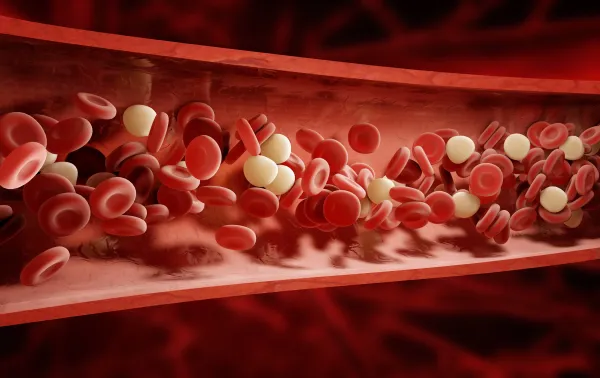Hemostasis and Reporting Excision Code

Question: Our physician recently removed a cyst in the pre-auricular area. The cyst removal was done by blunt dissection and hemostasis was achieved by cauterization, irrigation, and application of metal clips. What code(s) should I report for the procedure? One of my colleagues is suggesting the use of 42410 while another is saying this is 21555, although I am thinking that both are wrong. Also, let me know if I should report the procedures employed for hemostasis separately?
New York Subscriber
Answer: Both your colleagues are wrong in their suggestions provided. You will report 42410 (Excision of parotid tumor or parotid gland; lateral lobe, without nerve dissection) for the removal of a tumor in the parotid gland or for the removal of the parotid gland itself. However, from the description provided it appears that your internist performed a removal of a cyst in the area of the face in the pre-auricular region.
You would have been able to report 21555 (Excision, tumor, soft tissue of neck or anterior thorax, subcutaneous; less than 3 cm) if your clinician was removing the cyst from the soft tissue of the neck or in the area behind the ear. So, you will be incorrect if you are reporting 21555.
In this case, you may be able to report the CPT® code 21011 (Excision, tumor, soft tissue of face or scalp, subcutaneous; less than 2 cm) or 21012 (Excision, tumor, soft tissue of face or scalp, subcutaneous; 2 cm or greater), depending on the size of the cyst. Since these codes cover the removal of a cyst or tumor in the area of the scalp and the face, this may be the apt code for you to report in this situation.
However, note that an integumentary lesion excision code in the range 11400-11446 or 11600-11646 may be more pertinent, depending on the depth of the cyst. Per CPT® Assistant, integumentary lesion excision codes pertain to the epidermis, dermis, and subcutaneous tissue, while musculoskeletal lesion excision codes, such as 21011 and 21012, pertain to subcutaneous, superficial or deep soft tissues. Code ranges 11400-11446 and 11600-11646 represent lesions that normally occur on the surface of the skin (epidermis) or near the surface of the skin (dermis), compared to the type of lesion (or tumor) that occurs in the subfascial or fascial tissue, muscles and joints, as listed in the musculoskeletal section. A cyst can be a skin lesion and may be very large, distending the skin and pushing into the subcutaneous fatty tissue, but if it is a skin lesion, the excision should be coded using the integumentary lesion excision codes, depending on the size of the cyst.
The code range 21011-21016 lists the excision codes for soft tissue tumors—subcutaneous and subfascial—on the face or scalp. When coding musculoskeletal procedures, it is important to note that the excision must meet the criteria listed in the code descriptor. That means the physician must determine and document the depth of the excision to determine whether the integumentary system or musculoskeletal system CPT® codes are appropriate, and you should review that documentation or consult with the physician in deciding whether to report the procedure with 21011/21012 or an integumentary lesion excision code from the range 11400-11446 or 11600-11646.
Any attempts to hemostasis that your clinician performs during the procedure will be included in the work described by any of the codes above. Therefore, you should not report the steps that your physician performed to achieve hemostasis separately.

